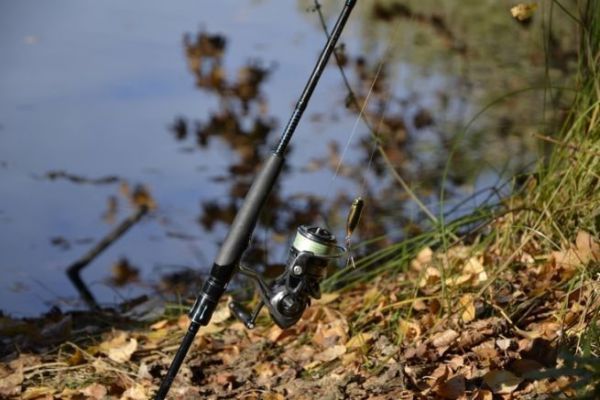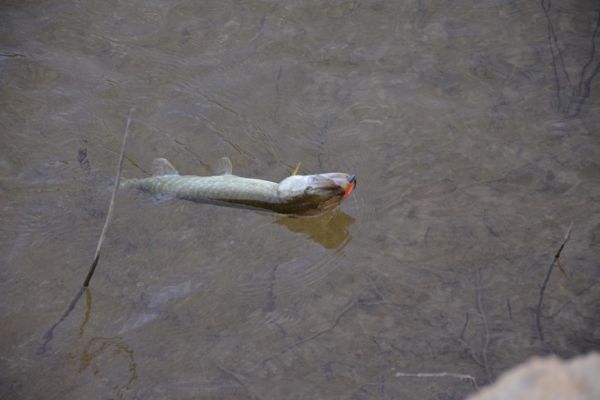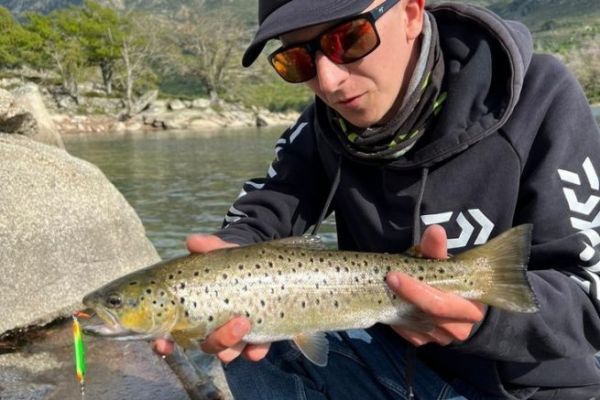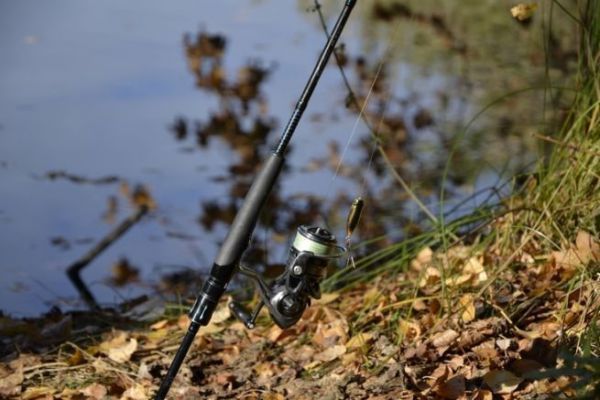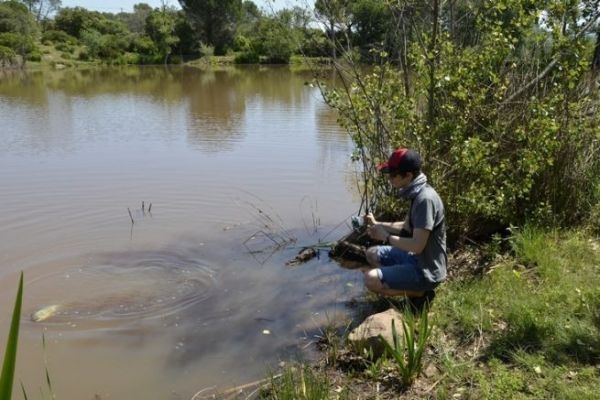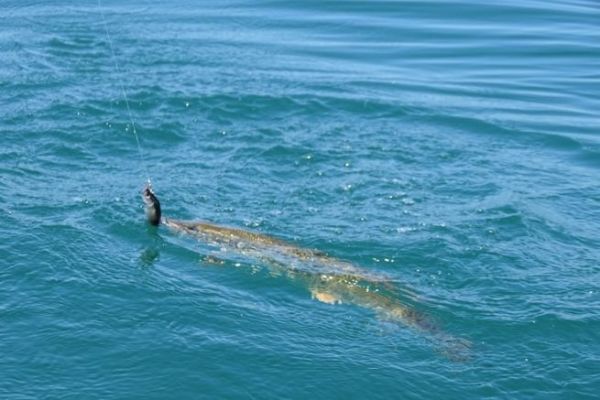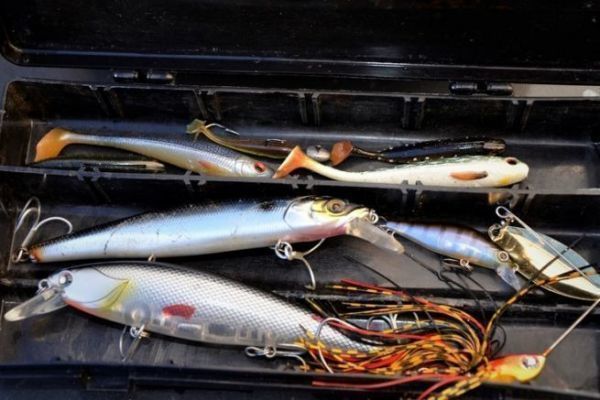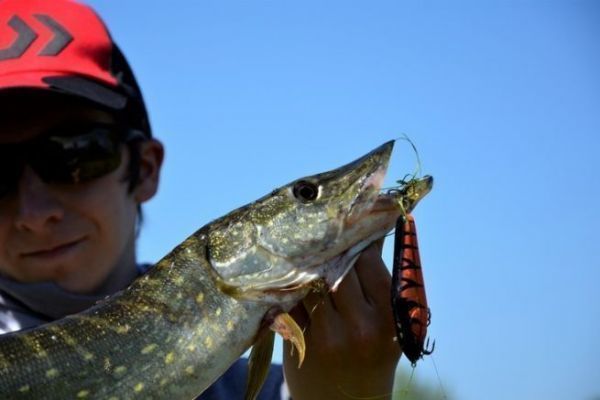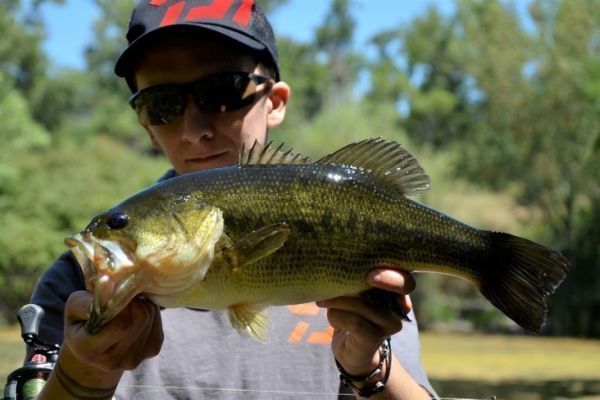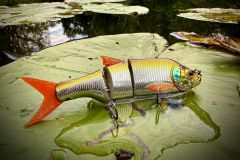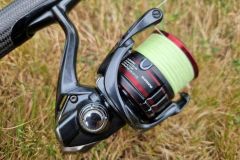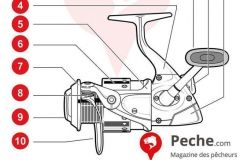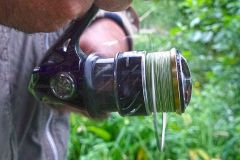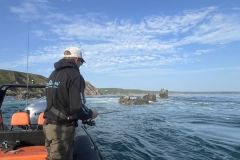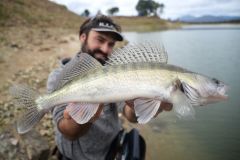Size and ratio
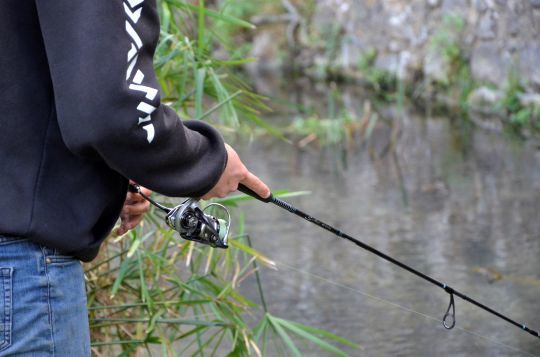
Spinning reels come in many different sizes, adapted to different techniques. They have different ratios and capacities depending on the model.
The ratio is the length of line that the reel will retrieve per full turn of the crank. The capacity is the total length of line or braid that the reel can hold on its spool. Note that a reel with a large ratio is often less fluid and pleasant to use when you begin.
Preferably choose an all-purpose size, ideal for beginners, such as a 2000 or 2500 that will allow you to fish for both trout and pike without compromising on strength. Select a reel with a ratio of about 70 cm per turn of the crank, allowing you to cope with most situations.
The right capacity
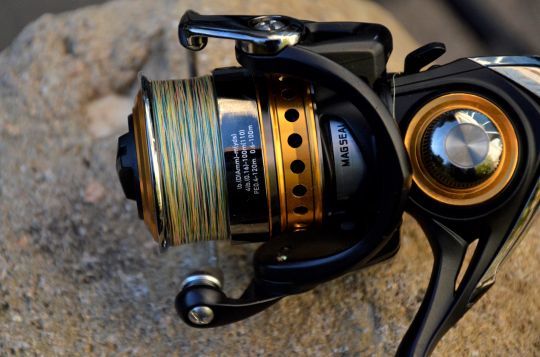
When lure fishing in freshwater, you should try to fill a reel as close as possible to the capacity noted on the spool. A well-filled reel will drastically increase casting distances, which is very useful when you are a beginner.
The capacity is different depending on the type of thread you are going to use. A braid and a nylon, with the same resistance, are not of the same thickness. If you are a complete beginner in lure fishing, choose a nylon filling, its price is lower compared to braid and you don't need to learn how to tie knots. Nylon works very well for trout and perch fishing as it greatly dampens head strikes due to its elasticity.
Try to respect as much as possible the data written on the reel when filling your reel.
The right wire diameter
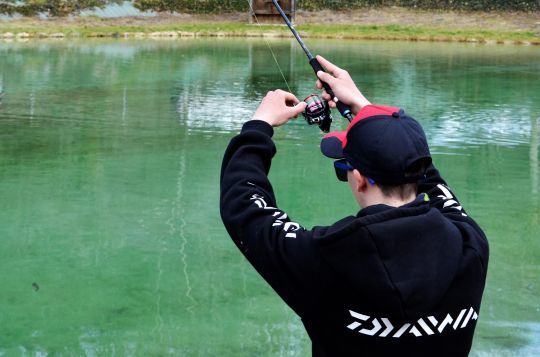
Each type of lure fishing has its own particularities and therefore needs to be adapted to it. To make things as simple as possible when you are starting out, choose strong enough line to avoid breaking too often.
If you fish mainly for trout and perch, a 20 centimeter nylon will suffice. For black bass and pike perch, don't hesitate to choose 26-hundredths nylon. The only exception is for pike, where you will need to add a 60 to 70 hundredths leader to limit the chances of the sharp teeth not cutting your line. If you choose to learn using braid, opt for a 10 to 13 hundredths diameter for perch and trout. For pike fishing, a minimum of 15 centimeters will do just fine.

 /
/ 